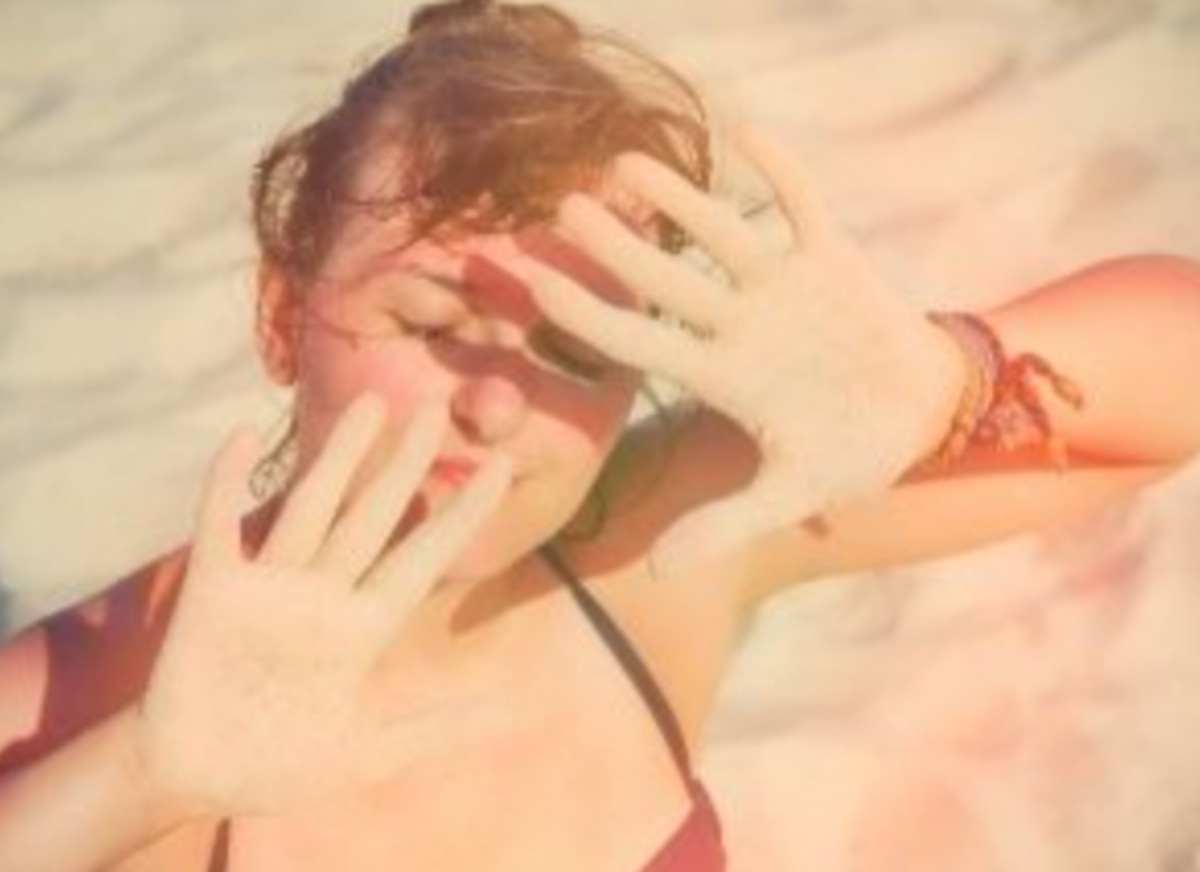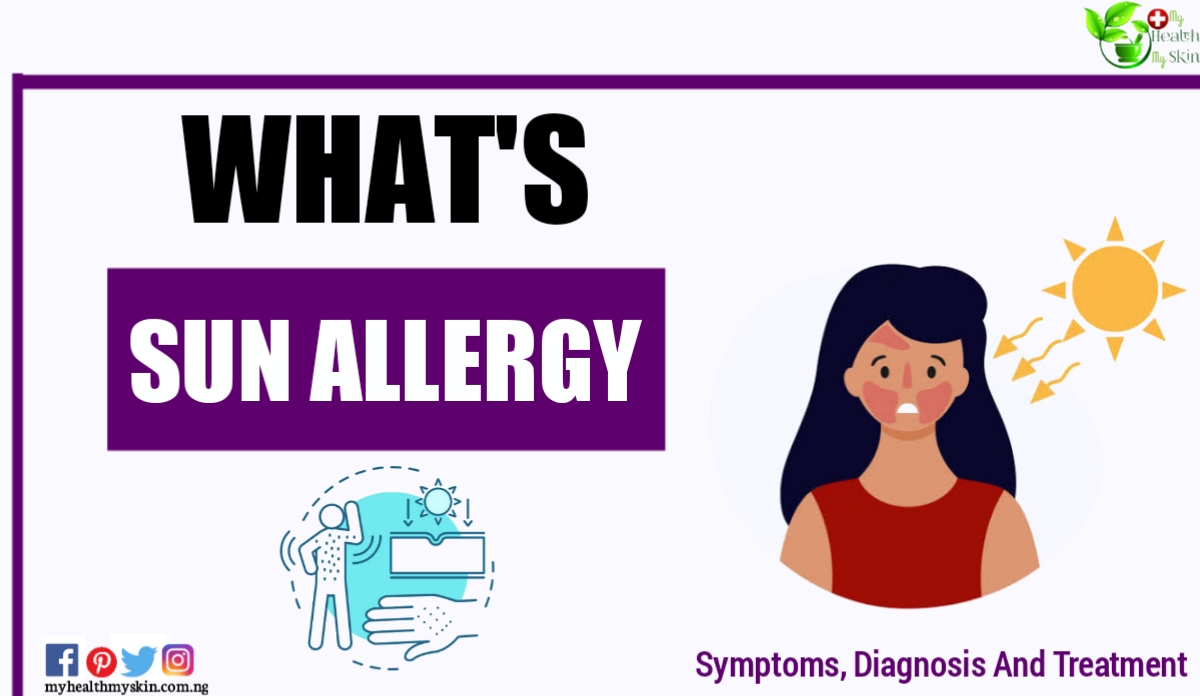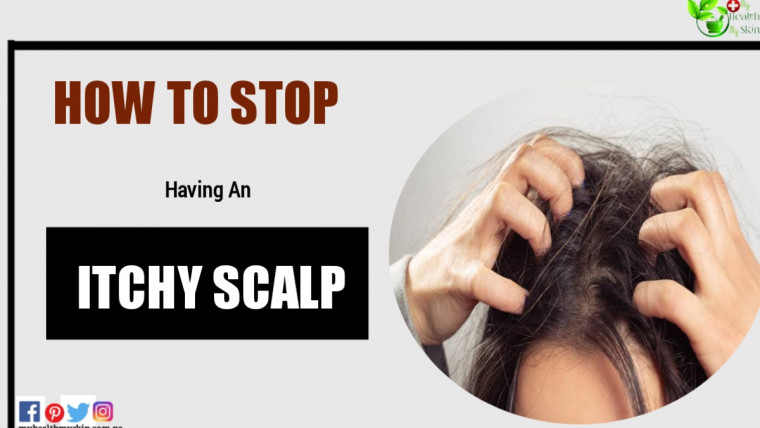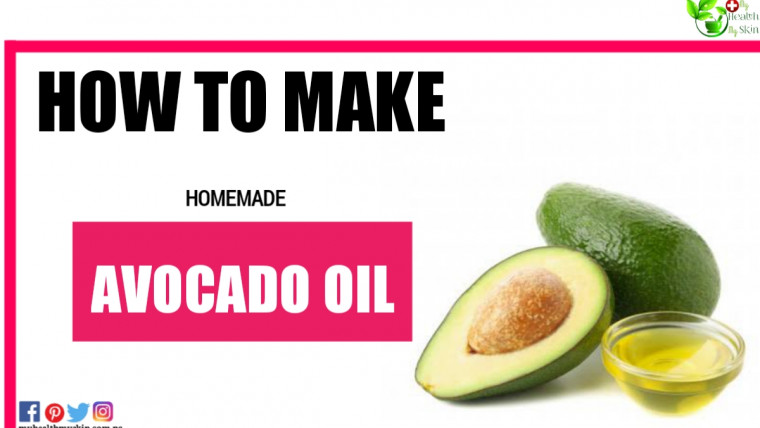The sun allergy is an allergic skin reaction triggered by exposure to ultraviolet rays of the sun.
The term sun allergy actually groups together different types of reactions which are most often benign and resolve quickly. To see more post on beauty & skin care click here.
The diagnosis is based on the observation of skin rashes and their location, the context of their occurrence and the patient’s drug and medical history.
Definition And Symptoms Of Sun Allergy
What Is Sun Allergy?
The sun has beneficial and harmful effects on the body. Although it is good for morale, it is the leading cause of premature skin aging and skin cancer.
The sun’s rays are made up of energetic particles called photons. Among them, ultraviolet rays (UVA and UVB) and infrared rays which penetrate more or less deeply into the skin.

UVB rays are mostly stopped in the epidermis. Only 10% of them go deeper.
However, UVA rays penetrate directly into the dermis. Infrared goes even further. Thus, UVB causes skin damage while UVA causes changes in the skin.
By entering cells, UVB rays cause either their death or a modification of their DNA, possibly inducing a long-term cancerization process.
UVA rays are responsible for activating free radicals in cells present in the deep layers of the skin.
Free radicals are toxic and attack the cell. They modify their functioning or kill them.
UVB is responsible for sunburn, while UVA is involved in sun allergies.
The body has means of fighting against the sun’s rays: the melanocytes which are cells that produce skin pigments.
They have the ability to stop some of the light rays. The amount of melanocytes produced varies from one individual to another.
Lighter skin is indeed more vulnerable to the sun’s rays, and declares more skin cancer.
People with darker skin tones have a large majority of eumelanin, a brown pigment that is very effective against UV rays.
The color of the skin, eyes and hair defines what is called a phototype. There are 6 different ones:
- 0 for albinos who have no melanin at all;
- The 1 for people with red hair who get sunburned but do not tan;
- The 2 for blondes with light eyes who tan little and quickly get sunburned;
- The 3 for chestnut browns who tan after a sunburn;
- The 4 for brunettes who tan without sunburn;
- The 5th with the mestizos and Mediterranean profiles who tan without sunburn;
- The 6 with blacks who, like phototypes 4 and 5, tan without sunburn.
In France, the population is mainly of phototype 2 or 3, therefore sensitive to the sun.
Food also plays a role in sun protection: antioxidants (vitamin E and vitamin C) and carotenoids (red and orange fruits and vegetables) protect against UVA rays.
The sun allergies are often the result of a reaction to UVA sun.
This allergic reaction is IgG E dependent, the reaction to contact with the allergen is immediate.
The sun allergy can be induced only by UV-A, or potentiated due to a secondary factor: cosmetic medicine.
What Symptoms?
There are several types of sun allergies, or photodermatoses, which differ in the severity of the symptoms.
Benign Summer Lucite
Benign summer lucitis is very common and affects 1 in 10 women, between 17 and 40 years old according to the French Dermatology Society, fair to very fair skin is more concerned.
This type of allergy appears several hours after exposure in the form of small red nodules associated with severe itching that can last for several days.
The face is rarely affected. It is especially the areas of the neckline, arms, legs, back, hands and feet that are affected.
Symptoms persist for 5 to 15 days.
Summer lucitis recurs with each exposure, the application of preventive measures is essential.
Polymorphic Lucite
This photodermatosis is present in both women and men. The manifestations occur 12 to 24 hours following exposure to the sun and result in vesicles which appear on the exposed areas: face, arms, décolleté.
These small blisters and redness are accompanied by intense itching.
A polymorphic lucite is characterized by the fact that it is triggered even with a very short exposure to the sun.
Indeed, even 15 minutes of exposure in the spring is sufficient for the symptoms to appea.
This type of lucitis must be treated quickly, otherwise it risks becoming chronic.
Solar Urticaria
Solar urticaria mainly concerns women, it is a rare allergic reaction. The allergic reaction is immediate, and symptoms may appear within 5 minutes of onset of exposure.
Symptoms can include itching, burning sensations, and dizziness. Symptoms subside as soon as exposure ceases.
The Photoallergic Reaction
Photoallergy is triggered by the association of exposure to UVA a secondary factor: drugs (anti-inflammatory drugs, antibiotics), cosmetics (creams, perfumes), plants.
The reaction is manifested by a rash and itching.
The photoallergic reaction of drug origin is quite rare, it manifests itself during the second intake of the drug and it is indicative of a pre-existing allergic ground.
Photoallergy is different from photosensitization. Photoallergy triggers an allergic-type immunological reaction that is different from photosensitization, which is more common, which in turn causes a skin reaction of the “sunburn” type.
Diagnosis And Treatment Of Sun Allergy
What Diagnosis?
The diagnosis of a sun allergy is only clinical. This is, in fact, suspected when eruptions occur in areas of exposure.
The medical history and possible drug treatment are also analyzed.
What Treatment?
Allergic reactions to the sun are not easy to treat. Your doctor may prescribe an antihistamine or corticosteroids (tablets or cream) to reduce the itching.

In the most severe cases, synthetic antimalarials may be prescribed.
Several preventive measures can be adopted to limit the risk of allergy to the sun:
- Use protection, for example wearing a T-shirt, a wide-brimmed hat, sunglasses;
- Minimize exposure to the sun, especially between 12 p.m. and 4 p.m.
- Limit excessive sunbathing, you should not be exposed to the sun for more than an hour a day;
- Avoid exposure with cosmetics or perfumes;
- Check with your doctor or pharmacist before exposing yourself while under treatment.
On the other hand, sun allergy, or not, it is imperative to protect the skin with suitable sunscreens.
The application must be renewed very regularly: every 2 hours and after each swim.
If you have a history of allergic reaction to the sun, your doctor may prescribe an antihistamine and corticosteroid cream to be taken one week before the start of exposure to prevent the allergic reaction.







